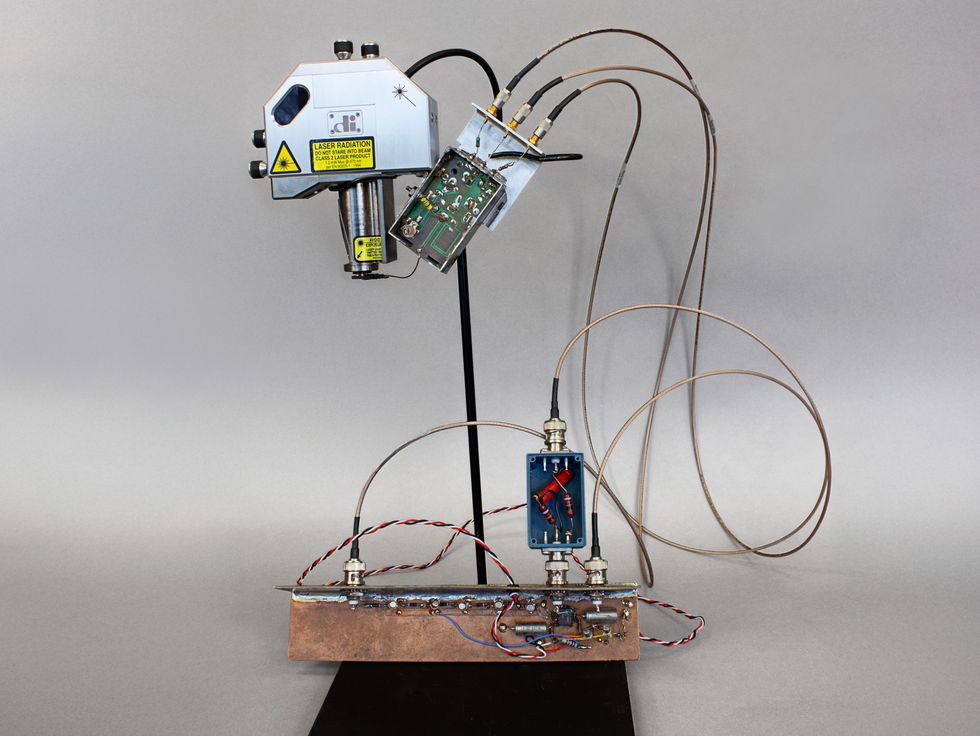Now Reading: From Home Video to Chipmaking Marvel: The Journey of a Revolutionary Microscope
-
01
From Home Video to Chipmaking Marvel: The Journey of a Revolutionary Microscope
From Home Video to Chipmaking Marvel: The Journey of a Revolutionary Microscope

Quick Summary
- RCA developed the VideoDisc technology starting in the 1960s, aiming to create a system for playing pre-recorded movies and TV shows.
- Despite superior playback fidelity compared to magnetic tape, commercialization of the videodisc was delayed until 1981. It ultimately failed due to competition from VHS tapes, which were cheaper, allowed recording, and held more titles. RCA spent over $500 million on progress without success.
- The failure stemmed from issues such as sensitivity to dust and fingerprints, shorter running times compared to VHS tapes, and high player costs ($500). By 1984, RCA discontinued the VideoDisc platform entirely.
- James R. Matey’s work on capacitance sensors for manufacturing VideoDiscs led to a breakthrough-the scanning capacitance microscope (SCM). Patented by RCA in 1981 as a quality-control tool for discs’ manufacturing precision.
- Later adapted for semiconductor production in collaboration with NIST researchers during the early 1990s; validation helped commercialize SCM technology by chipmakers-to map dopant distributions at nanoscale precision-advancing integrated circuit manufacturing critical for semiconductors.
Indian Opinion Analysis
The advent of scanning capacitance microscopes (SCM) based on repurposed sensors originally developed for failed consumer products like the VideoDisc is an example of technological pivoting-a concept relevant globally including India’s growing semiconductor ambitions under programs like “Make in India.” This narrative highlights how initial failures can lead to vital contributions in unexpected industries when research is reused innovatively.
For India-where semiconductor demand is rising amid opportunities for domestic chipmaking-it underscores two lessons: persistence through setbacks can yield breakthroughs; investing deeply into R&D may foster spillover technologies useful across sectors beyond initial intentions. Collaborative validation by institutes like NIST further reinforces potential roles institutions such as IISc or IITs could play within India’s tech ecosystem if merged with private sector efforts toward advanced electronics manufacturing infrastructure.



























